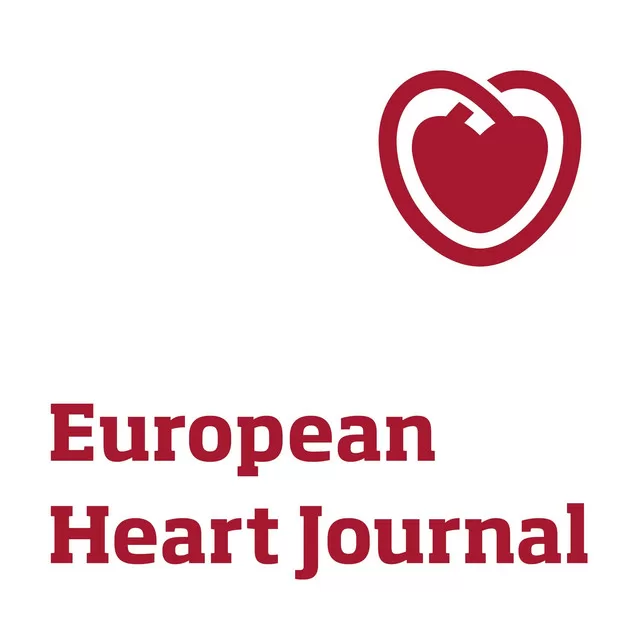Dr. W. Li from the Heart, Lung and Vascular Institute, Adventh Health in Orlando, Florida and co-authors from various US centers under the supervision of Dr. Y. Kobayashi from the New York-Presbyterian Brooklyn Hospital, published this very interesting review paper. The goal of this study was to compare the diagnostic accuracy of NHPR techniques and coronary angio-FFR against wire-based FFR. A total of 6693 records were identified after a literature search, including 37 reports for NHPRs (iFR, Pd/Pa, DPR and RFR) and 34 for angio-FFR (Cathworks, Medis and others). Overall, NHPRs have a lower diagnostic performance with an AuC= 0.85 when compared with angio-FFR (AuC=0.95). The four NHPRs had overlapping AuCs without major differences among each other; likewise, QFR and FFRangio had overlapping AuCs without major differences among each other. The authors conclude that angio-FFR may offer a better estimation of wire-based FFR than NHPRs. And also these result support a wider use of angio-FFR in the cardiac catheterization laboratory to streamline the workflow for coronary physiologic assessment.




